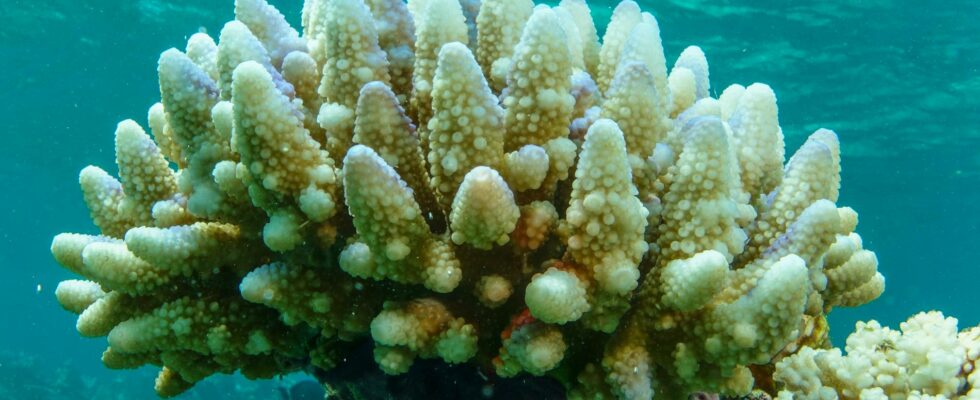Updated 02.05 | Published 01.42
unsaveSave
expand-left
full screen Bleached coral on the Great Barrier Reef off the coast of Australia. Archive image. Photo: C. Jones/AP/TT
Scientists warn that the significant coral bleaching, which the US weather agency NOAA warned about earlier this year, has spread to several places on earth.
Due to record warm ocean waters, since 2023 coral bleaching has been observed in 62 countries and territories, which is nine more than at NOAA’s last warning in April.
“The impact and size of this event continues to grow,” said Derek Manzello of NOOA.
The affected areas added since April are India, Sri Lanka and the Chagos Islands in the Indian Ocean.
When the sensitive corals are exposed to too high temperatures, the algae that live in the coral become stressed and leave the coral animal itself. This is how it loses its color. Once the algae has left, the coral risks starving to death.
However, there is a possibility that corals can recover if ocean temperatures drop and other stressors such as overfishing and pollution are reduced.
The UN climate panel IPCC has pointed out that if the Paris Agreement’s 1.5-degree target is not reached, 70 to 90 percent of the world’s coral reefs will die out by the year 2100.
If the Earth’s average temperature increases by more than two degrees, only one percent of the Earth’s coral reefs will remain by the next century.
